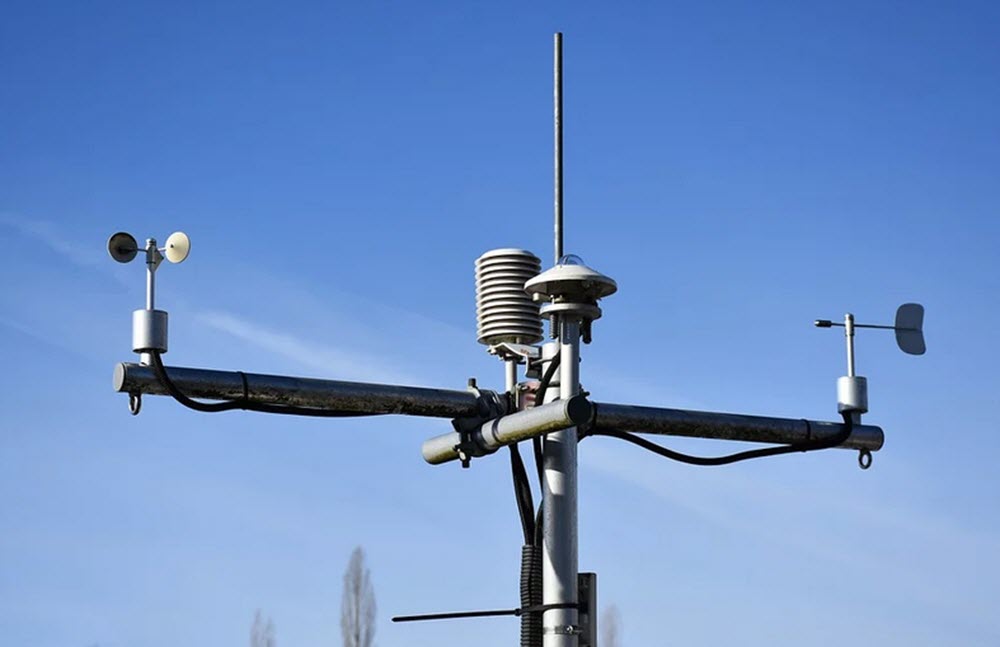By using existing technology, including satellites and artificial intelligence, the anti-trafficking organization Liberty Shared hopes to help identify ship vessels engaged in illegal activities, spanning from unlawful fishing to forced labour and other human rights violations.
“As global fish stocks are declining these commercial fishers are having to travel farther,” says Oceana analyst and illegal fishing expert Lacey Malarky. “It’s resulting in operators resorting to IUU (illegal, unreported, and unregulated) fishing and human rights abuses to protect costs.”
A report by Malarky and Val Farabee, director of research at Liberty Shared, has shown how trends in satellite data can be employed to notice suspicious activity – including vessels that are fishing illegally and where the crew is subjected to human rights violations.

Some vessels behave differently
To find out more about the behaviour of unlawful fishing vessels, Liberty Shared has been logging fishing vessels accused and convicted of using slave labour, and Malarky having been monitoring those vessels on Global Fishing Watch. This is an online database where ships can be tracked using the signals sent to the Automatic Identification System (AIS) by their onboard satellite transmitter.
AIS was originally developed to help prevent collisions at sea, but the vast logs of ship movements created through AIS have now made it possible for analysts to develop algorithms that use a ships speed and direction to send an alert when a ship is likely to be fishing – legally or otherwise.
So, how to distinguish between legal operations and illegal ones? Farabee and her colleagues noticed that vessels engaged in illegal behaviour behaved differently.
Four key behaviours that warrant further investigation of a vessel
- If the AIS shows that a vessel is staying at sea for months, it should elicit concern for how long the crew is forced to work without being allowed to leave the vessel.
- If the AIS is conveniently turned off as the vessel is coming close to marine protected areas, and then turned on later as it is leaving the protected zone, it is cause for concern. Some captains claim that they turn off the AIS to avoid piracy, but when this is consistently happening in proximity to protected zones one might suspect that the true reason is something else.
- Trans-shipment is a process where a refrigerated cargo vessel meets up with the fishing vessel to offload the catch and transport it to shore. This is a very common practise that can be carried out by 100% legal operations, but it is still cause for concern since it allows fishing vessels to remain at sea for longer – which in turn puts the crew at risk of being kept on the ship against their will for prolonged periods. Trans-shipment also makes it more difficult to trace the true origin of the catch.
- Another suspicious behaviour is the ardent avoidance of ports where laws are known to be enforced in a strict manner. The use of convenience-flags goes hand in hand with this behaviour, as a shipowner can elect to register their vessel in a country known for having loose rules or simply not enforcing the laws and international conventions that do exist. Vessels that engage in illegal fishing and human rights violations are often registered in lax states and avoid visiting ports belonging to stricter states.
Farabee has now teamed up with researchers from the University of California at Santa Barbara to identify even more patterns that can identify ships engaged in unlawful activities.
“Whether that behaviour is illegal fishing, wildlife tracking, or forced labour is unclear, but that’s what we’re trying to tease out,” she says.

Tech is not enough
Tech and algorithms are not enough to combat illegal activities at sea – but they can serve as valuable tools. When data indicates suspicious activities, authorities can send out a human crew to investigate a specific vessel, which is more efficient than just blindly looking for rulebreakers or hoping for those abused to come forward and report the violations.
“[The data] can highlight something that merits inspection,” says Peter Horn, the project director of Pew’s Ending Illegal Fishing Project. “One of the challenges is having people able to identify these conditions. Thailand has good laws, but they didn’t identify many indications of forced labour.”
Malarky, Farabee, and Horton are all optimistic that globally tracking ships and using machine learning to identify suspicious behaviour can help prevent and crackdown on illegal activities at sea.
